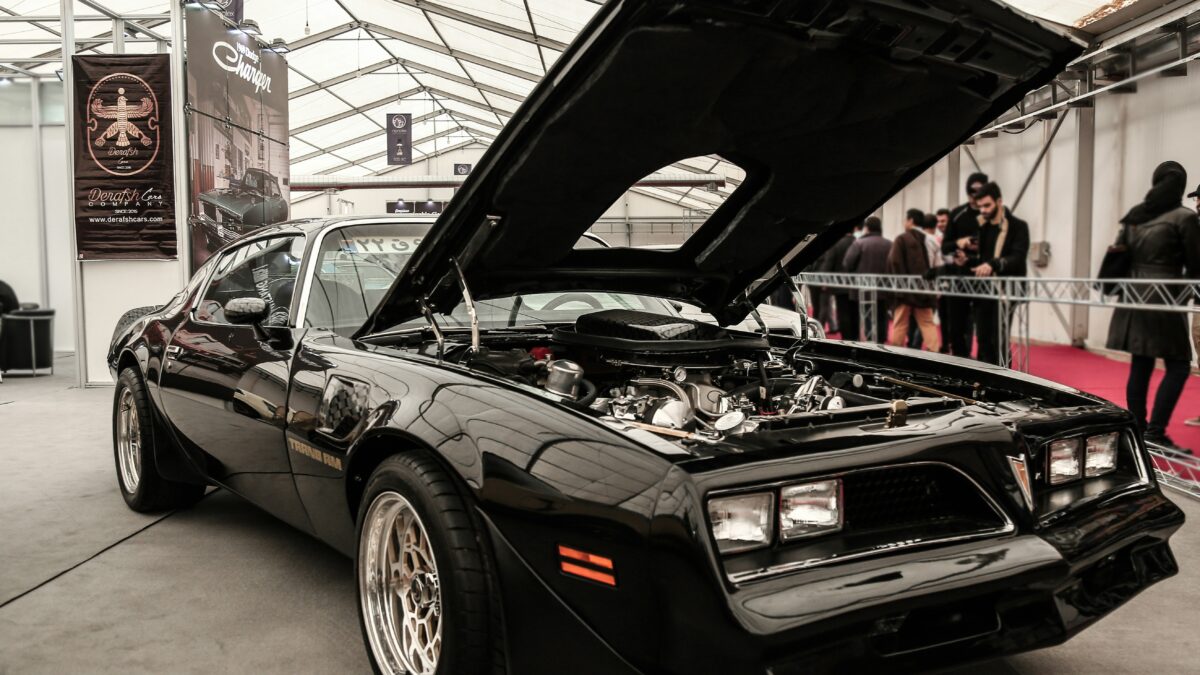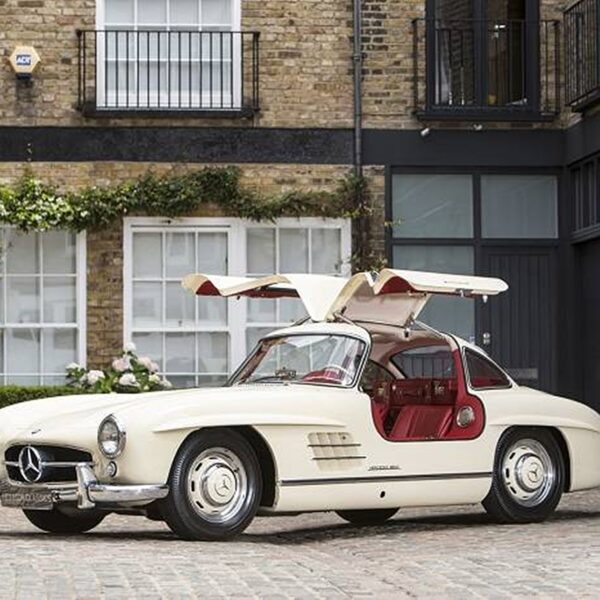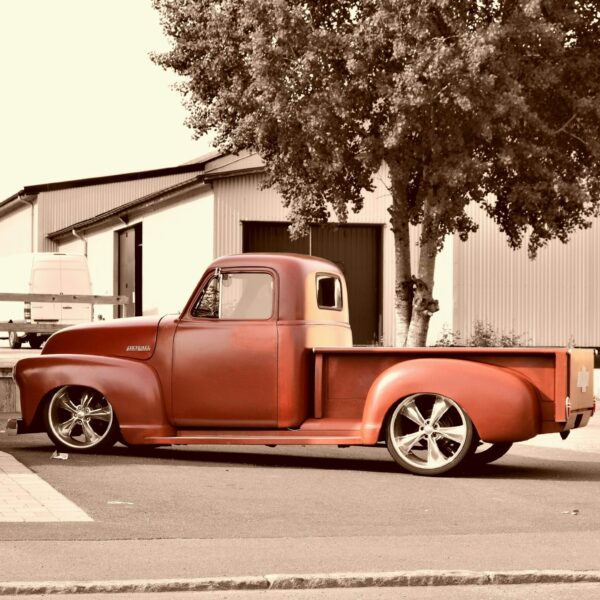
These days, it can be hard to keep up with all of the latest and greatest car tech – not to mention all of the different types of headlights available on the market today. Unlike our parents and grandparents, we’ve got more options than ever when it comes to lighting up the road ahead. From your standard halogens to LEDs, xenon, and even lasers, there’s a headlight type to suit just about everyone.
Today, we’ll be taking a closer look into HID headlights, or xenons, as they’re often called. After going over the basics behind their form and function, we’ll take a look at how you can give your car an HID upgrade as well.
What are HID headlights?
Xenon bulbs made their first appearance in 1991 on the BMW 7-series sedan, and they’ve become increasingly popular with car manufacturers ever since.
While halogens are powered by – you guessed it – halogen gas, HID headlights use xenon gas to produce light. Traditional halogens produce their glow by passing an electrical current through a tungsten filament within each bulb. This electricity along with the halogen gas, allows the filament to heat up and produce its signature warm light.
Xenon bulbs on the other hand, don’t use filaments. Instead, light is produced by ionizing the xenon gas within the bulb. This process allows the bulb to heat up quickly, producing its signature bright white light in a matter of seconds.
Advantages of HID headlights
Each headlight type offers its own unique set of advantages and disadvantages, which means it’s important to do your research before committing to one over another. Let’s take a look at the advantages HID headlights can provide:
- Energy efficiency: While xenon headlights do require a bit more energy to get started, while on the road they use much less energy than your standard halogens.
- Long life: With a halogen set, you’ll be lucky to make it past 600 hours. But with HID headlights, you’ll be pushing past 5,000 hours with no problem.
- Better coverage: When it comes to safety, HIDs are top-notch. A good set of HIDs will illuminate the road further than halogens, allowing you to have a much safer nighttime ride – especially at higher speeds.
- Bright, white light: Most people are drawn to HIDs because of the crisp, white light they’re able to produce. Unlike halogens which give off a yellow-ish light, xenons mimic natural daylight, making the light easier on your eyes.
On the downside, xenon headlights are often much more expensive than traditional halogens. Also, depending on the kit you buy, they could have a stronger glare, which could pose a safety hazard for other drivers on the road. Before making any upgrades, be sure to check if your HID kit is up to safety standards.
Upgrading to HID headlights
So you want to upgrade to an HID headlight set? In the past decade, this move has become increasingly popular as more people see the value in xenons over halogens. The good news is, it can be done. The bad news? It can be a bit of a complicated process, especially if you don’t have a lot of experience handling automotive electronics.
Other than that, upgrading to HID headlights should be a fairly simple process. It all comes down to choosing the proper HID kit. This is especially important if you’ll be upgrading an older vehicle’s headlights. In this case, you’ll want to ultimately go with a kit that has been specifically designed to beam properly from older vehicles. If you don’t, you’ll likely end up with a headlight set that looks nice – but fails to beam properly. This poses a major blinding hazard to other drivers you’ll want to steer clear of.
However, if you choose the right kit, you should be on the right path.
Whether you’re ready to make the switch to HID or are just curious about what lighting options are available to you, we hope you took something away from this quick guide. Have a question about automotive lighting? Ask the experts at headlights.com.
















The upgrade can be done but it’s not always so simple if the vehicle doesn’t already have those lights in there from factory. Always best to consult with automotive specialist to see if that’s a good option if upgrading.
There’s alot of work, usually, to do this kind of conversion. It’s usually not just a one to one switch.
HIDs are sooooo last decade. Check out LEDs for conversions by Diode Dynamics
https://www.headlightsdepot.com/catalogsearch/result/?q=Diode+Dynamics
I agree, if you’re planning an upgrade, you should definitely see if you can make LED work for your application. From a historical perspective, it’s like buying fluorescent bulbs for your house :). Ok, so maybe it’s not that bad, but I’m into LED these days.
One drawback of Hids is the Uv light produced. Headlights designed for Hid bulb will have built-in UV protection. When converting a Halogen headlight to Hid, there will be no Uv protection for oncoming drivers/ pedestrians.
The HIDs can be a very bright upgrade, but an LED conversion is far easier to install with similar or better results.
HID is way more expensive and a bit harder to convert why do that when you can just plug a pair of LEDs which are brighter and just better look on your vehicle.
There is some valuable information about HIDs here. Sometimes you have to be mindful of an older headlight’s limitations when it comes to an upgrade or conversion. It is always a good idea to research your particular lights and the options available. It is good to have realistic expectations that your older Dodge Ram may not shine like the newest vehicles you see on the road today.
If you’re doing a conversion, make sure you use a mechanic that is knowledgeable with the modifications needed.
Thanks for sharing. The HIDs can be a very bright upgrade, but an LED conversion is far easier to install with similar or better results.